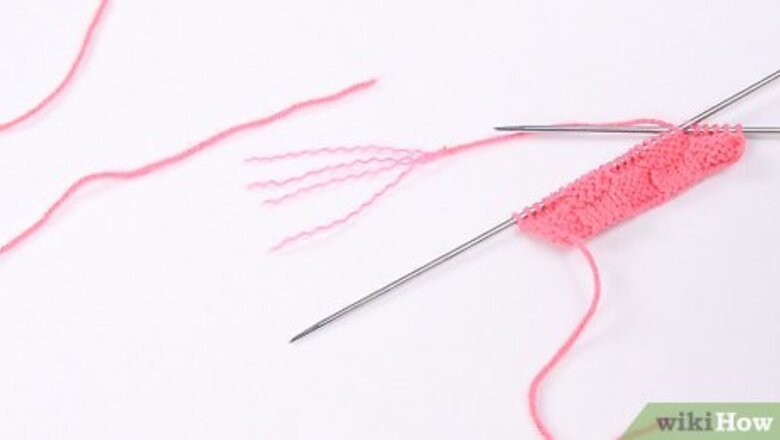
views
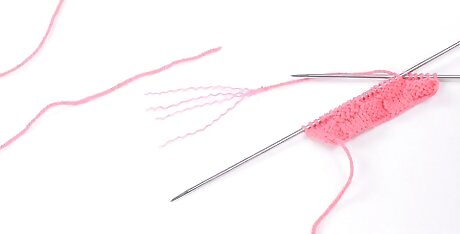
Separate the strands ("plies") of yarn, using your fingernails or the point of a knitting needle. If you're working with a single-ply or "single" yarn, use the point of the knitting needle or your fingernails to fray the end of the strand, separating the fibers. Do this with both pieces of yarn you intend to splice together, then lay the separated strands end-to-end.
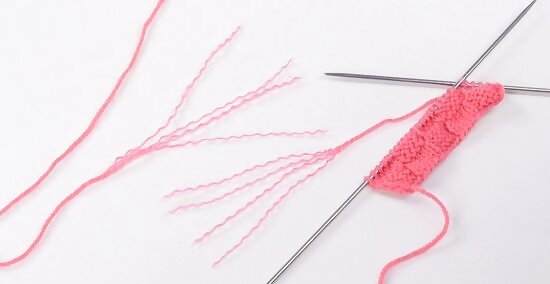
Work up to about 3 inches (7.6 cm) from the end of each piece of yarn.
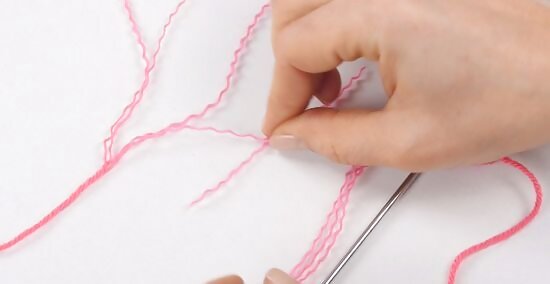
Overlap 1 of the strands from the left-side piece of yarn, and 1 of the strands from the right-side piece of yarn. Leave the other plies aside for now.
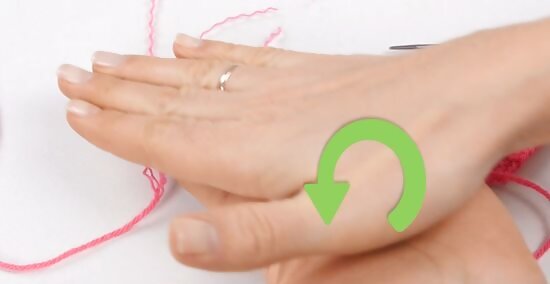
Twist the overlapped strands together. If you're working with a single-ply yarn made of natural fibers that will felt, twist both frayed lengths together. If you're working with a single-ply yarn made of man-made fibers, you have the choice of twisting both frayed ends together or twisting just some of the fibers from each end together.

Moisten both hands and work the twisted yarn strands vigorously back and forth between your fingers until they felt slightly. Natural fibers such as wool and angora will felt; most man-made yarns will not. But you should still work man-made fibers and forth to make sure they're tightly twisted together.
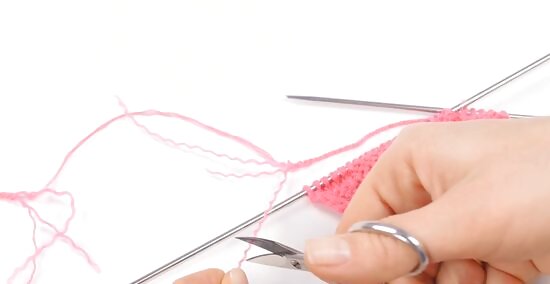
Trim any remaining loose strands or frayed fibers--the ones you haven't yet twisted--to about half their length.
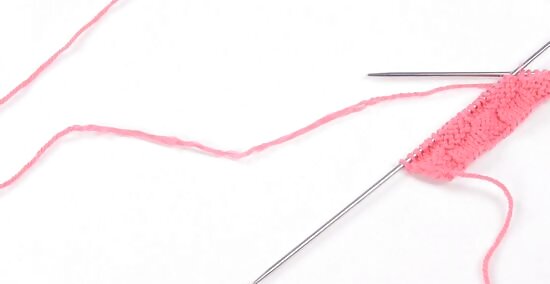
Repeat the twisting process, working the next set of fibers into the spliced strand. If you're working with natural fibers, moisten your hands again to help felt the remaining loose fibers into the spliced strand. You also have the option of leaving the loose strands hanging. You can work them into the fabric as you knit past the splice, or use a yarn needle or crochet hook to thread the loose ends later--although having to thread loose ends into your work defeats the original purpose of splicing yarn together.


















Comments
0 comment